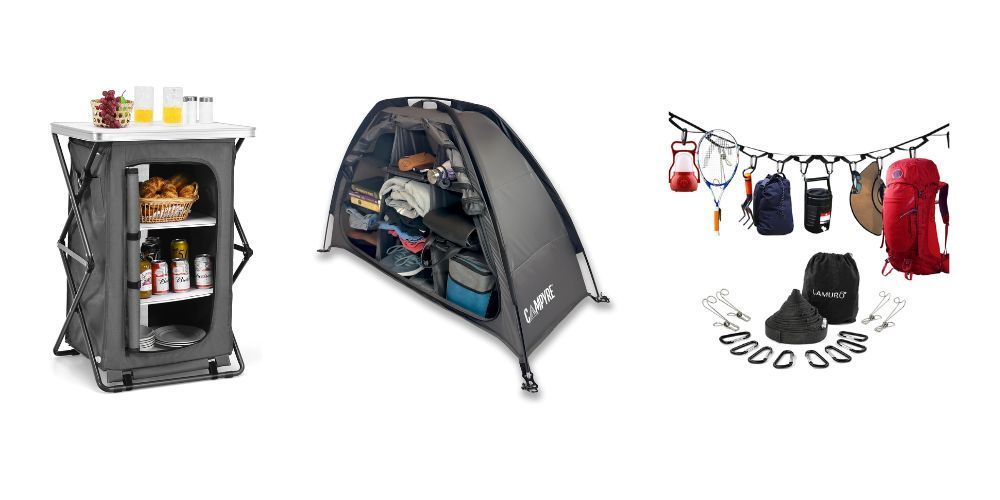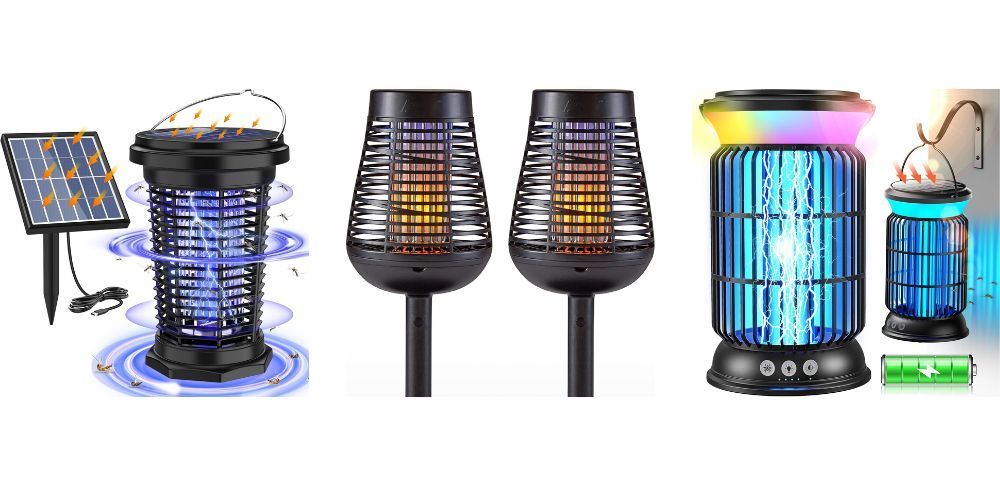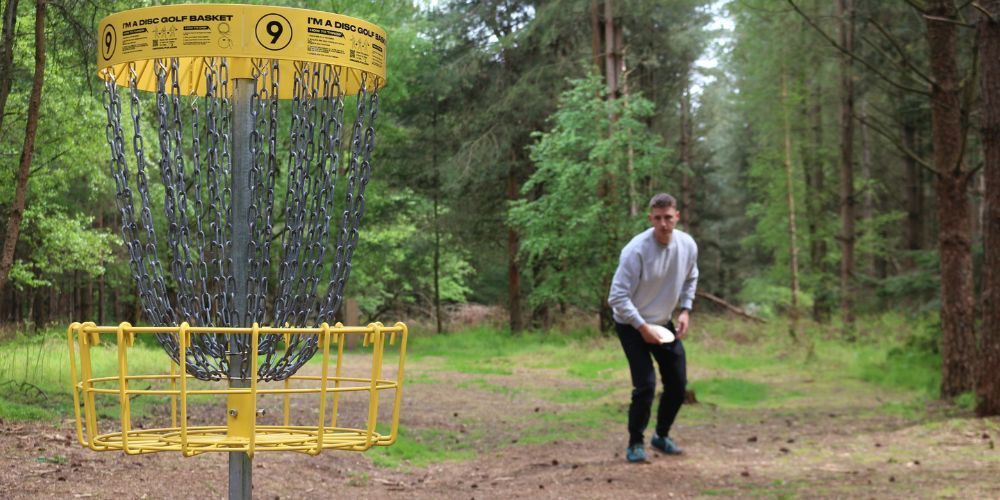How to Maintain Your Tennis Gear for Longevity and Performance
October 11, 2024
In tennis, well-maintained gear isn’t just a luxury – it's a necessity. Imagine stepping onto the court only to have your racket strings snap or your grip slip at a crucial point. These aren’t just minor inconveniences; they're disruptions that can cost you the match. Checking your gear regularly helps you stay ahead of these potential problems.
From fraying strings to deteriorating grips and worn-out shoes, our guide addresses these common issues comprehensively. We’ve gathered insights straight from tennis pros and crafted step-by-step instructions tailored to help you extend the life of your gear with ease. By integrating these simple routines into your schedule, you'll not only ensure optimal performance but also avoid frequent costly replacements, ultimately giving you greater confidence on the court.
To maintain your tennis gear effectively, regularly replace your strings every 40 hours of play or approximately every two months, clean your racket after each game with a damp cloth, regrip as needed to ensure optimal playability, and store your equipment in a cool, dry place away from direct sunlight. Implementing these strategies will help prolong the lifespan of your gear and improve your overall performance on the court.
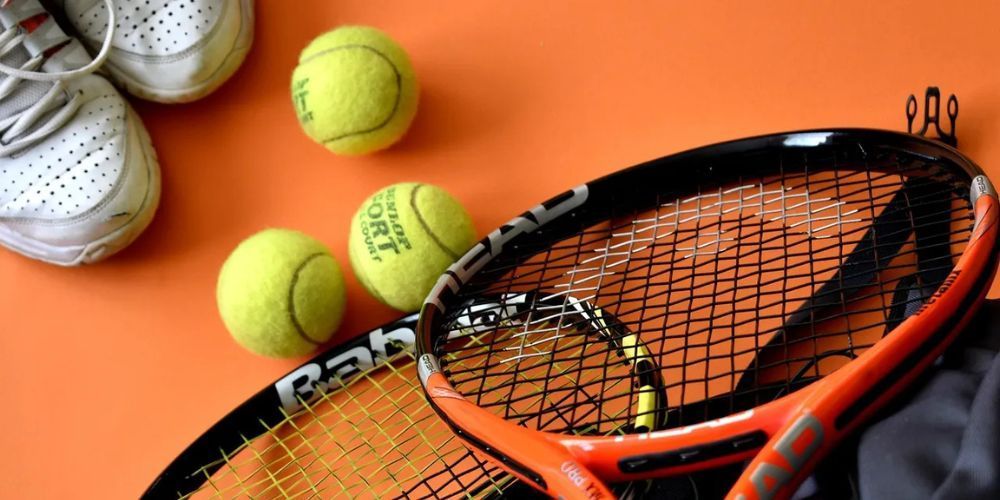
Keeping Your Tennis Equipment in Prime Condition
Maintaining your tennis gear extends beyond sporadic cleaning; it requires a dedicated approach that incorporates regular inspections and timely replacements. Think of your equipment as the backbone of your game. Just as you wouldn’t play in worn-out shoes, you shouldn’t rely on gear that's not been properly maintained. The first step is to develop a habit of intimately knowing your gear—this means familiarizing yourself with its nuances, strengths, and weaknesses.
With this knowledge comes the responsibility of care, particularly when it comes to routine inspections.
The Role of Regular Inspections
Regular inspections are akin to a health check-up for your racket. It’s vital to scrutinize strings for any early signs of fraying or tension loss. As you take each shot during practice or play, notice how the strings react. Are they sounding off? Does the racket feel different in your hand?
Taking a moment post-game to check can save you heartache later. A minor issue, like a small fray, can escalate dramatically—as any player knows, there's no worse time for a string to snap than during a critical point in competition.
Now that we've covered inspections, let's explore what should come next: suggested maintenance schedules.
Scheduling String Replacements
Experts recommend replacing your strings after every 40 hours of play, which might seem quite frequent depending upon your playing schedule. For avid players, especially those who hit the courts multiple times each week, this translates roughly into a replacement every two months. It might feel like an extra cost upfront but let’s apply some perspective here: professional players often restring after every match! Their success hinges on consistent performance and predictability, something fresh strings guarantee.
While some might see this frequency as excessive or costly, consider the trade-off: enhanced performance across matches and reduced risk of unpredictable breakages mid-set. You’re investing in your game—not just financially but in your confidence as well.
Proper care pays dividends both on and off the court.
By nurturing your gear through these practices, you empower yourself with reliability and enjoyment in every match played. Next, we will examine effective methods for ensuring the cleanliness and upkeep of your racquet and gear.
Cleaning Your Racquet and Gear
Cleaning your tennis gear is crucial for both hygiene and longevity. Regular maintenance protects your equipment and helps you maintain peak performance. When it comes to your racquet, start by grabbing a damp cloth. Wipe down the frame thoroughly, paying special attention to areas where sweat may have built up. Sweat can lead to rust on metallic parts if left unchecked, so think of this initial wipe-down as a safeguard against future damage.
For the grip, it's important to remove grime and bacteria that can build up over time. Using an alcohol wipe is my go-to method; it effectively cleans away any residue while helping to maintain the grip's tackiness. A clean grip ensures that you have a firm hold during intense rallies, which can significantly affect your accuracy and power.
Regularly cleaning your racquet is vital, especially after matches or practice sessions, as it prevents buildup that can compromise the racquet's integrity.
But cleaning isn't just confined to the racquet itself; your shoes and other accessories also deserve some attention.
Keeping Your Shoes and Accessories Clean
After each game, you'll want to knock the dirt off your tennis shoes right away. This quick step might seem minimal, but trust me—it can prolong the life of the shoes considerably. Once you've cleared away surface dirt, I recommend using a soft brush with a mixture of mild soap and water for a deeper clean—especially on the soles. Dirt and debris can wear down materials over time, making this an essential cleaning step.
Don’t forget about those wristbands and headbands! While they may be small accessories, washing them regularly is key in removing sweat residues that can deteriorate the fabric over time. In fact, tossing them in with your regular laundry will keep them fresh and functional; just make sure to use cold water to prevent shrinking.
The reality is taking these few moments to clean after each session will keep your equipment looking great and performing at its best for years to come.
Putting in this effort ensures that every piece of gear is ready for action when you need it most—not just for aesthetics but as an integral part of your athletic performance. By maintaining cleanliness, you’re effectively investing in your game, giving yourself every possible advantage on the court.
As we focus on keeping our gear in top shape, it's equally important to pay attention to other components of our sporting experience that require proper care.

Caring for Your Tennis Clothing and Bag
Taking care of your tennis clothing and bag is essential not only for preserving their appearance but also for maintaining their performance on the court. When it comes to tennis clothing, it's more than just tossing everything into the wash. First, always opt for cold water during washing; this simple choice helps maintain color vibrancy while protecting the fibers in technical fabrics designed to wick away moisture. Gentle detergents are your best friend here—look for those labeled specifically for sportswear as they often lack harsh chemicals that can degrade performance materials over time.
After washing, air-drying is highly recommended. Unlike traditional cotton, which may benefit from a hotter dryer setting, many modern athletic fabrics are prone to shrinking or stretching if exposed to high heat. Lay your clothes flat or hang them up in a well-ventilated area to dry naturally; this helps preserve the integrity of the fabric and keeps it looking fresh and new.
As for your tennis bag, think of it as an extension of your overall equipment care routine. It’s common to be in a rush after practice or matches, but taking the moment to empty out your bag after each session can prevent musty odors from accumulating. Sweat-soaked towels or damp shoes left unattended can invite unwanted smells and even mold growth. Instead, use a disinfectant wipe on interior surfaces periodically to keep things clean and fresh—this small act goes a long way toward protecting valuable gear and ensuring everything is ready when you need it next.
In addition to these cleaning practices, think about protective measures that will further enhance the longevity of your tennis wear and accessories.
One important aspect many players overlook is how they store their gear. For instance, never leave your tennis bag in direct sunlight or inside a parked car, especially during extreme temperatures. Excessive heat can warp racquets, damage strings, or weaken fabrics in clothing and bags alike. Ideally, store your tennis gear in a cool, dry place where moisture is minimal—like a dedicated drawer or closet space at home—to elongate its lifespan and ensure optimal performance.
Remember that regular maintenance isn’t just about cleaning; it includes preventive measures that safeguard your investment in your game. Prioritizing these caring habits ensures your clothing and bags remain as ready to perform as you are on the court.
By focusing on consistent upkeep and strategic storage practices, you'll find yourself better equipped for every match ahead. This sets the stage for more detailed insights into maintaining peak performance across all aspects of your tennis journey.
Regular Maintenance for Optimal Performance
Regular maintenance of your tennis gear can drastically affect game performance.
For example, let’s talk about regripping your racquet. A worn grip diminishes control over the racquet and can lead to unwanted slippage during play, which might cause blisters on your hands. To avoid these issues and keep your strokes precise, it is advisable to check your grip regularly; depending on how frequently you play, you may need to regrip every 1–2 months. While some players gravitate towards tacky grips for a stronger hold, this often boils down to personal preference. Ultimately, finding a grip that feels right for you enhances comfort and reduces strain, allowing you to focus on your technique.
Now, let's turn our attention to how proper storage can significantly impact the longevity and effectiveness of your equipment.
Storing Your Gear Properly
Storing your racquet correctly is just as important as its upkeep. One way to protect your gear from environmental factors is by using a thermal bag. This prevents extreme temperature variations that can alter string tension and negatively affect performance. Think of it this way: just as an athlete needs rest and recovery to perform at their best, so does your racquet need protection from fluctuating conditions.
Similarly, tennis balls require special considerations—storing them in a pressurized container is ideal for maintaining their bounce and ensuring they remain lively when it’s time to play. Keeping them too long outside their optimal storage may diminish their responsiveness over time.
By attending to these elements of regular maintenance—regripping and proper storage—you not only prolong the life of your equipment but also ensure optimal performance when you step onto the court. Good maintenance habits empower players to face matches with confidence and precision.
Incorporating regular checks into your routine will help you remain aware of necessary adjustments before they become bigger issues impacting your game. This leads us into exploring further strategies that provide additional safeguards for ensuring your gear remains in peak condition.
Protective Measures for Your Gear
Using Racquet Covers and Dampeners
One of the best things you can do for your racquet is to invest in a good racquet cover. This not only protects against dust and scratches when it’s not in use but also provides additional cushioning during transport, which helps prevent accidental dings or breaks.
Another accessory worth considering is a dampener. While some may view them as unnecessary frills, they actually play a significant role; dampeners help absorb vibrations from impact shots, reducing strain on your strings and arm. Properly utilizing these tools can extend the life of both your racquet and your playing style.
Many players find these accessories indispensable for safeguarding their equipment because they enhance both durability and performance.
Proper Footwear Care
Speaking of protection, let’s talk about your shoes, which are just as critical to your tennis game as your racquet. To maintain their structure, always untie your shoes before taking them off. Rushing to remove them by slipping them off while still tied can lead to unnecessary wear on the shoe's integrity.
Moreover, consider rotating between two pairs of shoes; this allows each pair to rest and regain their original shape after a grueling match or practice session. Not only does this approach prolong the life of your footwear, but it also promotes better foot health by allowing different designs and support styles to ease the pressure on your feet.
Proper footwear care creates a significant difference in how long your shoes will last. Think of it as giving each pair the treat of recovery so they're always ready for action.
Avoiding Extreme Conditions
It's also crucial to minimize exposure to extreme conditions whenever possible. For example, storing your racquet and accessories in a cool, dry area away from direct sunlight prevents damage from heat exposure that can warp frames or deteriorate grips over time.
Similarly, wearing shoes in wet conditions can deteriorate materials more rapidly; if they do get wet, ensure they dry properly at room temperature rather than in direct heat sources like radiators or hair dryers. Taking these precautionary steps can keep both your gear and your game at their best.
Remember that the better you protect your equipment, the more enjoyable your time on the court will be. Each small effort adds up, enhancing your overall experience and performance in tennis.
Transitioning to additional longevity strategies reveals even more effective ways to extend your equipment's lifespan and optimize its performance.
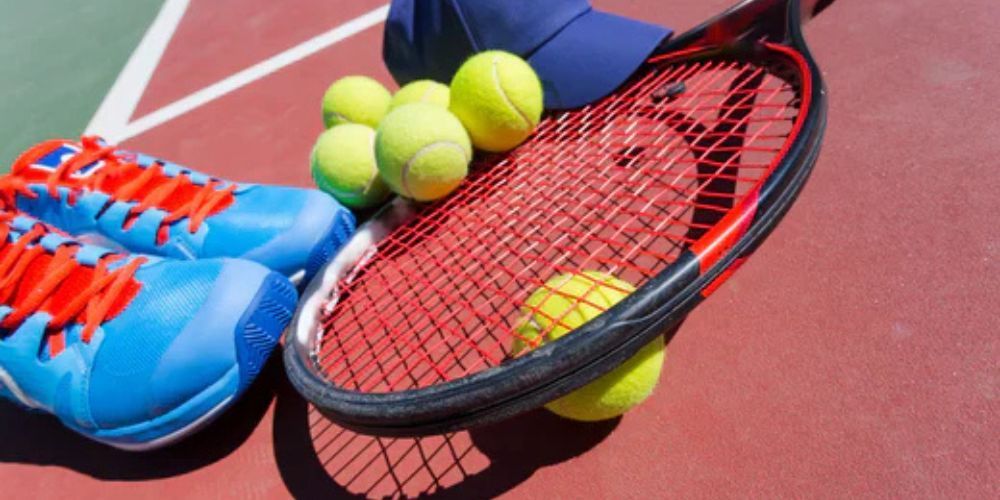
Longevity Tips for Tennis Equipment
To maximize the lifespan of your tennis gear, being mindful of the environment in which you store your equipment is essential. Taking a moment to consider where you keep your rackets, shoes, and strings can lead to significant improvements in their durability.
For instance, a climate-controlled environment is ideal. Excessive humidity can negatively impact both your strings and grip quality, while extreme temperatures can cause racquet tension to fluctuate and diminish the rubber quality in your shoes.
I once spoke with a fellow player who had made the mistake of leaving their racquet in a hot car; by the time they retrieved it, the string tension had vanished completely, rendering their racquet almost unusable. This simple oversight teaches us the value of proper storage.
Just as critical as where you store your gear is what you choose to invest in.
When it comes to purchasing tennis equipment, prioritizing quality over quantity is vital for ensuring long-lasting performance. While high-quality gear may seem like a steep investment initially, think of it as an investment in your game.
Opting for reputable brands known for their craftsmanship will ultimately reduce the frequency of replacements, allowing you to enjoy better performance on the court without consistently buying new gear. According to a recent survey, about 70% of players believe that using quality equipment directly enhances their playing experience and extends the life of their gear. That’s a powerful indicator of how your choices can positively influence not just performance but also your overall enjoyment of the sport.
Having established these foundational tips, let's explore further strategies that ensure your tennis gear remains at its best.
Regular maintenance—cleaning your gear after practice and inspecting it for wear—is crucial for prolonging its lifespan. After each session, make it a point to wipe down your racket frame with a damp cloth to remove any dirt or dust accumulated during play. Not only does this maintain its aesthetic appeal, but it also helps prevent corrosion or other long-term damage.
Additionally, take a moment to check for frayed strings or worn grips; catching these issues early can save you from costly repairs or replacements later. By following these guidelines diligently, you're setting yourself up for an engaging and effective training experience while simultaneously nurturing your equipment's longevity.
Each step reinforces the connection between maintaining your gear and improving your performance on the court—all crucial elements if you aspire to elevate your game.
In summary, consistent care and thoughtful purchasing decisions are key to ensuring that your tennis equipment serves you well for years to come. Quality gear not only enhances performance but also enriches your overall experience on the court.
How often should I restring my tennis racquet?
Restringing frequency depends on your playing style and how often you play. A general rule is to restring as many times per year as you play per week. For example, if you play three times a week, restringing every four months is recommended. Regular players who compete or train intensively may need to restring more often, as tension loss can significantly impact control and feel on the court. Always check for signs like fraying or loss of elasticity to know if it’s time for a restring.
What’s the best way to clean and care for my tennis shoes?
Proper care can extend the life of your tennis shoes. First, remove excess dirt by brushing the soles and exterior after each use, especially if you’ve played on clay or grass. Clean your shoes by hand using mild soap and a soft brush—never put them in a washing machine, as this can damage the structure and wear down the cushioning. Allow them to air dry in a well-ventilated area, away from direct sunlight to prevent material breakdown. Rotate between pairs if you play frequently, so your shoes can fully dry and retain their shape.
How can I properly store my tennis gear to keep it in good condition?
Storing your tennis gear correctly is essential for durability. Keep your racquet in a temperature-controlled environment—extreme heat or cold can warp the frame and affect string tension. Use a protective case or bag with padded compartments. For shoes, let them air out after each game, then store them in a dry place. Avoid leaving your gear in a car trunk or exposed to the elements, as this can cause materials to deteriorate. Regular maintenance and mindful storage will ensure your gear stays performance-ready.
Check out the latest guides on tennis
Author: William Flaiz

